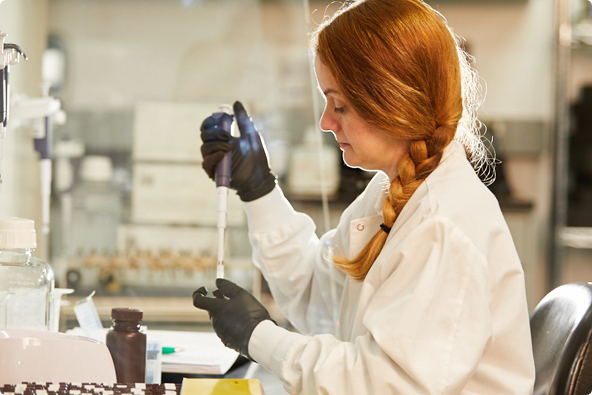Implementing xMAP® Technology allows for faster, more accurate results

When the global outbreak hit the US, the Icahn School of Medicine at Mount Sinai in New York City published some of the earliest COVID-19 studies in the US. It’s no surprise then that scientists at Mount Sinai were among the first to develop an antibody test. Using xMAP® Technology to design this test allowed them to make the most of its high-throughput multiplexing capabilities, fast results, and low sample input requirements.
This antibody test was the focus of a recent LabRoots webinar presented by Dr. Susan Zolla-Pazner, a Professor of Medicine at Mount Sinai. Developed by Dr. Zolla-Pazner’s team, the assay targets two SARS-CoV-2 antigens—the full spike protein and its receptor binding domain (RBD)—and uses two bead sets, each designed to bind to antibodies associated with one of these antigens. In the webinar, they presented the results from their validation study, which demonstrated that their test could provide robust signals for both antigens from plasma and serum using positive and negative COVID-19 samples.
Compared to ELISAs, this xMAP-based antibody test had significantly higher sensitivity—in some cases five to ten times higher. ELISA-based testing also led to more false negative results than the multiplex assay, according to Dr. Zolla-Pazner.
The webinar also discussed additional advantages of the xMAP assay, including:
- xMAP beads can be coated with antigen ahead of time and stored for at least a month, making preparation more convenient and efficient.
- Luminex beads require 20-fold less antigen compared to ELISAs, resulting in significant cost savings.
- The xMAP assay delivers results for both spike and RBD antibodies in less than two hours, while ELISA plates can only detect one antibody at a time, and the complete workflow from prep to results for ELISAs takes two days.
Dr. Zolla-Pazner also shared results from additional studies that were enabled by the multiplex assay. For example, she showed that it was possible to track rising antibody levels over time by testing longitudinal specimens from the same patient, which will be extremely useful for characterizing the long-term immune response to COVID-19. Using the same method from her team’s original xMAP assay, she analyzed isotyping data to investigate differences in the IgG and IgM immune response. These results could inform donor selection for convalescent plasma therapy.
Watch the entire webinar here, or view Luminex’s COVID-19 testing resources here.
Related Content
- Precision Coupling with Molar Amounts of Protein [Blog]
- Getting Started with xMAP® Technology [Video]
- Browse 1,200+ Partner Kits with xMAP® Kit Finder [Online Tool]
- xMAP® Cookbook to Design Your Own Assays [Download]
- View the xMAP® Webinar Blog Series [Webinars]
